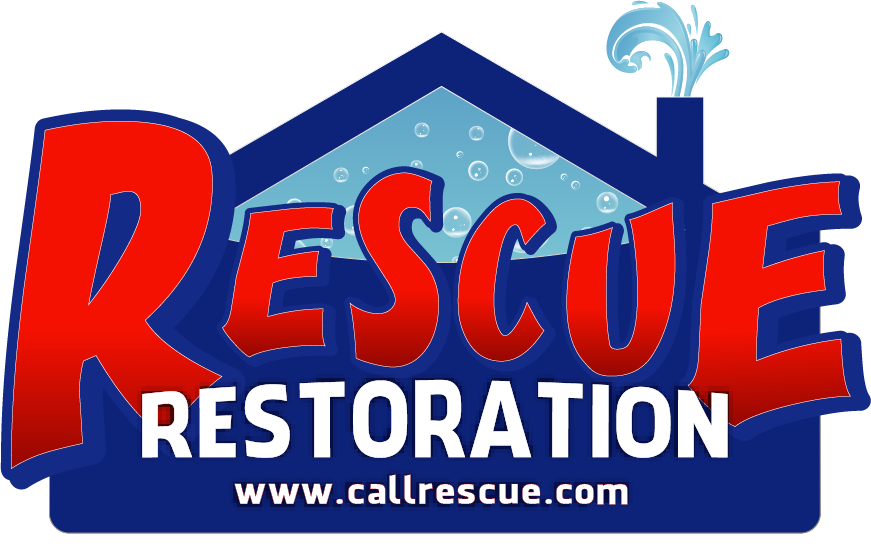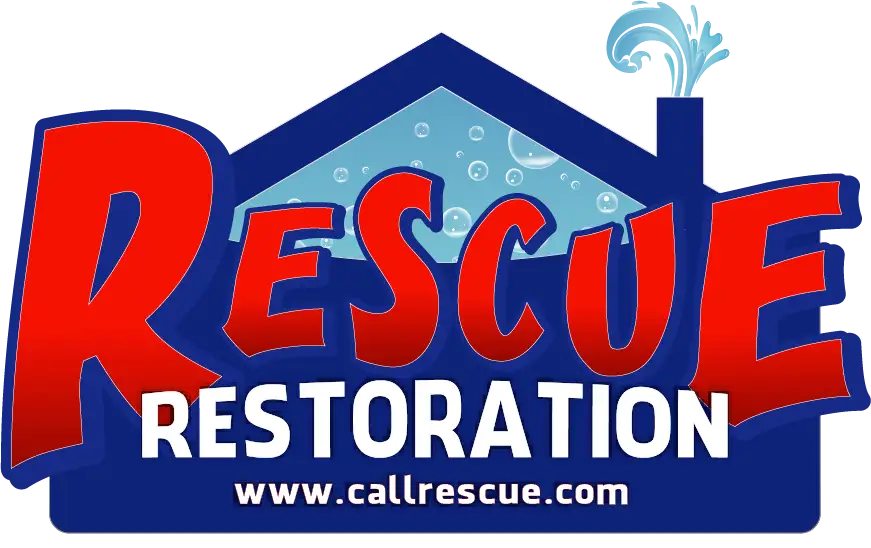The Scary Truth About Mold: Top 5 Most Interesting Facts
vscontent on October 23, 2023
1. Mold Is Everywhere
Our first chilling fact is that mold is practically ubiquitous. It doesn’t just haunt haunted houses or damp basements; it can thrive in various environments. Mold spores are found in the air we breathe, and they can settle and grow in places we least expect, from your shower curtain to your favorite piece of bread. This spooky spore can lay dormant for ages, waiting for the right conditions to strike, making it a silent and sinister presence.
2. Mold Is Older Than Vampires
Forget vampires; mold has been around for much longer! Mold is one of the oldest life forms on Earth, with a history spanning over 2.4 billion years. Long before Dracula’s first nibble, mold was already creeping around, decaying matter and playing a crucial role in the ecosystem. So, if you’re looking for ancient terrors, mold is where it’s at!
3. Mold Can Be Deadly
While most molds are harmless, some can be downright deadly. The infamous black mold, scientifically known as Stachybotrys chartarum, is one of the most notorious offenders. Exposure to black mold can lead to a range of health problems, from respiratory issues to neurological symptoms. It’s like a horror movie villain lurking in the dark corners of your home, ready to strike if you’re not careful.
4. Mold Loves Moisture
If you want to ward off mold, here’s a hair-raising fact: mold loves moisture! It thrives in damp, dark places, making your bathroom, basement, or even your attic a perfect breeding ground. That’s why it’s crucial to keep your home dry and well-ventilated. Mold can grow frighteningly fast once it finds a cozy corner to settle in.
5. Mold Can Be a Home Invader
Our final spine-chilling fact is that mold can invade your home without you even knowing it. It can hide behind walls, under floors, and in ceilings, silently spreading its sinister presence. By the time you notice a musty odor or visible signs of mold, it may have already taken over. Regular home inspections and maintenance are essential to keep mold from becoming an unwelcome houseguest.
Schedule Your Mold Remediation Service with Rescue Restoration in Dallas-Forth Worth Today!
As we prepare for Halloween and all things spooky, let’s not forget about the real-life horror that is mold. From its omnipresence to its deadly potential, mold is a menace that lurks in the shadows of our homes. To protect yourself from this silent intruder, stay vigilant, keep your home dry, and don’t let mold become the ghostly guest you never invited. While mold might not be a creature of the night, it’s still a scary adversary that deserves our attention. So, this Halloween season, remember to keep mold at bay, and you’ll have one less thing to be afraid of in the dark. If you’re in need of mold remediation service, don’t hesitate to reach out to your friends at Rescue Restoration. Contact us today. Happy Halloween!







